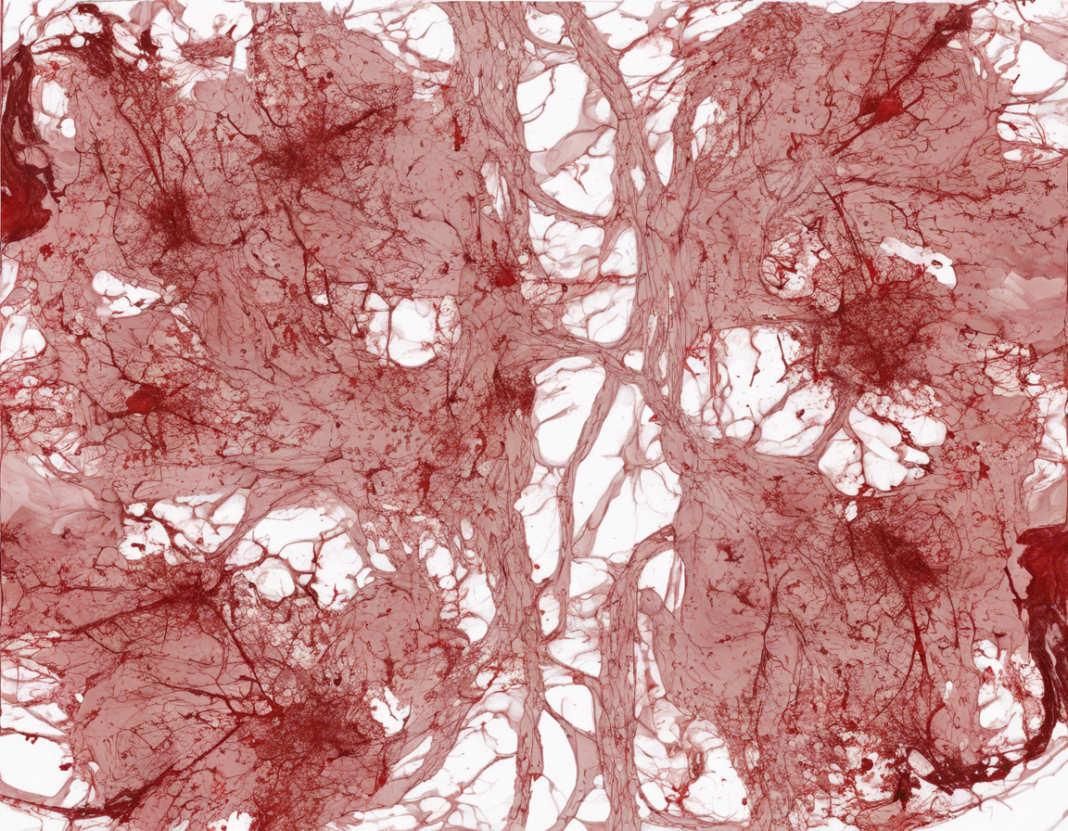Blood is a vital component of the human body, responsible for transporting oxygen, nutrients, hormones, and waste products throughout the body. Blood transfusions are common in medical practice, often necessary for individuals who have experienced significant blood loss due to surgery, injury, or medical conditions. One standard unit of donated blood is approximately 450 milliliters, but let’s delve deeper into understanding blood transfusions and how 1 unit of blood translates to milliliters.
Understanding Blood Transfusions
Blood transfusions involve the process of transferring blood or blood products from one individual (the donor) to another (the recipient). This medical intervention is crucial in various scenarios, such as during surgeries, trauma situations, for patients with certain medical conditions like anemia, or in cases of severe blood loss.
Components of Blood
Blood is composed of several components, primarily red blood cells, white blood cells, platelets, and plasma. When blood is donated, it is typically separated into these components for transfusion purposes. Red blood cells are vital for carrying oxygen, white blood cells help fight infections, platelets assist in blood clotting, and plasma is the liquid component of blood that carries the various cells and proteins throughout the body.
Blood Donation Units
When an individual donates blood, it is commonly collected in units. One unit of blood is approximately equivalent to one pint or 450 milliliters. However, the exact volume may vary slightly based on the collection methods and specific blood bank protocols.
Converting 1 Unit of Blood to Milliliters
To convert 1 unit of blood to milliliters, you simply need to know that 1 unit is equal to approximately 450 milliliters. This conversion is important for medical professionals to ensure the appropriate quantity of blood is administered to patients in need.
Importance of Accurate Blood Transfusion
Ensuring the accurate measurement and administration of blood during transfusions is critical for patient safety and optimal outcomes. Too little blood may not adequately address the patient’s needs, while too much blood can lead to complications such as circulatory overload.
FAQs about Converting 1 Unit of Blood to Milliliters
1. How much blood is in a unit?
One unit of blood is typically equivalent to approximately 450 milliliters or one pint.
2. Can the volume of blood in a unit vary?
Yes, while the standard unit is around 450 milliliters, slight variations may occur based on collection methods and protocols.
3. Why is it important to know the volume of blood in a unit?
Accurate measurements are crucial in medical practice to ensure the right quantity of blood is transfused to patients, preventing complications.
4. How fast is 1 unit of blood transfused?
The rate of blood transfusion can vary depending on the patient’s condition and the medical setting, but it is typically administered over 1 to 4 hours.
5. Are there specific requirements to donate blood?
Yes, blood donation centers have specific criteria for donors, including age, weight, health conditions, and other factors to ensure the safety of both the donor and the recipient.
Understanding the volume of blood in 1 unit and converting it to milliliters is fundamental in the medical field, particularly in the context of blood transfusions. By ensuring accurate measurements and transfusion practices, healthcare providers can effectively meet the needs of patients requiring blood support for various medical conditions and situations.
